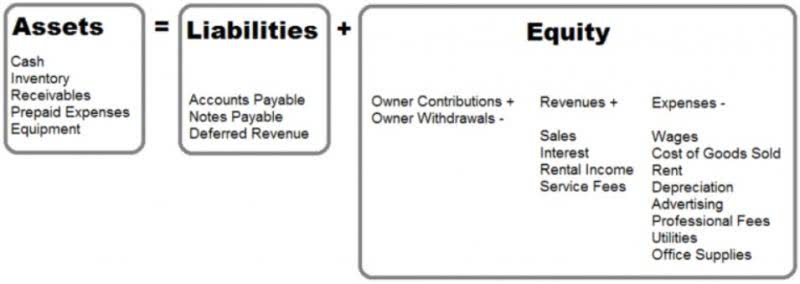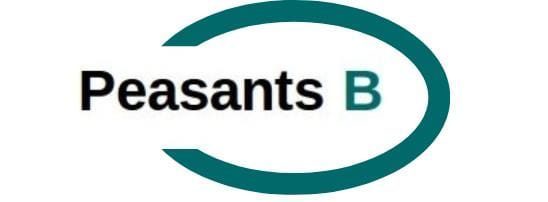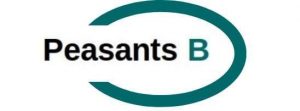These approaches not only fortify the business during adversity but also improve cash visibility. Below is the cash flow statement from Apple Inc. (AAPL) according to the company’s 10-Q report investing activities issued on Nov. 2, 2023. Companies can use free cash flow (in combination with a discounted cash flow analysis) as a metric to determine how much cash the company can spend on new projects or other uses for outflows of cash. A cash flow statement example is the comparative Consolidated Statements of Cash Flows for Enphase Energy, Inc. from its Form 10-K SEC filing for the year ending December 31, 2020, which is shown in the following screenshot. Typically, the first step is determining how much cash (and cash equivalents) a business has at the beginning of the period in question.
- As with any financial statement analysis, it’s best to analyze the cash flow statement in tandem with the balance sheet and income statement to get a complete picture of a company’s financial health.
- As mentioned, investing activities include investments in other firms as well as investments in the firm itself (items like machinery, land, or other fixed assets).
- In its 10-K filing with the Securities and Exchange Commission (SEC), the company details that it spends money to remodel existing stores and build new ones, as well as to acquire the land to build on.
- Looking at cash flow from investing activities helps investors and analysts see a company’s health, strategy, and growth chances.
- Cash outflows include capital expenditures (capex), investments in securities, and business acquisitions.
- Until now, we have seen three companies in three different industries and how cash means different things for them.
Significance of Cash Flow Statements
When accounts payable increases during the accounting period, purchases from suppliers on account, including inventory, are increasing, but cash isn’t yet used. Later, when vendor assets = liabilities + equity invoices for inventory are paid, money is used, and accounts payable balances decrease. A cash flow statement is considered critical because it provides information on a company’s financial health and liquidity, as well as its ability to function in the short term.
- For example, a company could have positive profit but negative cash flow, due to waiting on payments from accounts receivable.
- Once you have calculated the aforementioned amounts, you can combine the totals of operating, investing, and financing cash flows to determine the overall cash flow during the period in question.
- The financing activities cash flows relate to company debt and equity transactions.
- An investing activity also refers to cash spent on investments in capital assets such as property, plant, and equipment, which is collectively referred to as capital expenditure (CapEx).
- “Companies do go through growth phases where they are spending money to make money.” As long as the negative cash flow is planned, it’s not an immediate red flag.
Financing Activities

They can see if the company is focusing on growing, improving technology, making new partnerships, or managing its money well. This is key to knowing if the company is healthy, growing, and where it’s putting its money. Another interesting aspect to look into this CFI is the column of proceeds from the disposal of fixed assets and proceeds from the disposal of a business. If the figures are substantially high, it can help visualize why the company is disposing of assets.
Cash Flow Statement: Analyzing Cash Flow From Investing Activities
It is a crucial statement, as it shows the sources of and uses of cash for the firm during the accounting period. Remember, under accrual accounting, transactions are recorded when they occur, not necessarily when cash moves. Thus, the income statement does not provide all the insights necessary to understand a firm’s cash flows. To fully understand the firm’s flow of cash, the statement of cash flows is needed. This disclosure is mandatory under both GAAPs and IFRSs as it Partnership Accounting may impact the economic decisions of investors and other stakeholders. Cash flows resulting from the financing activities of the company are shown under the financing activities section of the statement of cash flows.
Financial
Also, proceeds from the sale of a division or cash out as a result of a merger or acquisition would fall under investing activities. The cash flow statement is useful in measuring how effectively a company manages its cash from operating activities, or day-to-day operating expenses, and its financing activities, how debt and equity is managed. A positive net cash flow from investing activities indicates that a company is generating more cash from its investing activities than it is spending.
Examples of cash inflow from investing activities:

This includes transactions involving the acquisition and disposal of long-term assets, such as fixed assets and long-term investments. It’s a crucial component when understanding cash flow because it shows how much a company is investing in its future growth. The balance sheet provides an overview of a company’s assets, liabilities, and owner’s equity as of a specific date. The income statement provides an overview of company revenues and expenses during a period. The cash flow statement bridges the gap between the income statement and the balance sheet by showing how much cash is generated or spent on operating, investing, and financing activities for a specific period.
Gains or losses on sale of fixed assets:

Leasing allows you to pay for property and equipment in smaler payments rather than with a lump sum. Another way to boost your cash flow is to ask for payments immediately rather than waiting to send out your invoices. The company also strategically bought franchises and spent $4.3 million in 2012 doing so. Sometimes it may sell restaurant equipment that is outdated or unused, which then brings in cash instead of being an outflow like other CapEx. Owens also recommends looking at the financing section, particularly to see if the business is bringing in most or all of its cash from loans or other sources of financing.

The final category on the cash flow statement shows all cash transactions that had to do with financing activities. Things that would go in this category include activities that involve debt, equity, or dividends. In our example above, the company paid $38,000 and $52,000 to loan repayments and dividends, respectively. The organization didn’t bring in any money through financing activities, so the net cash flow from financing is -$90,000. If a company is reporting consolidated financial statements, the preceding line items will aggregate the investing activities of all subsidiaries included in the consolidated results.
Treatment of interest and dividend income
Cash flow from investing activities is one of three primary categories, along with operating and financing, in the cash flow statement. Financing activities would include any changes to long term liabilities (and short term notes payable from the bank) and equity accounts (common stock, paid in capital accounts, treasury stock, etc.). We would get most of the information from the balance sheet, but it may be necessary to use the Statement of Retained Earnings as well for any information on dividends. As with investing, if there has been a change in a long term liability or equity (increase or decrease during the year), we must account for the item in the Financing section of the statement of cash flows.

